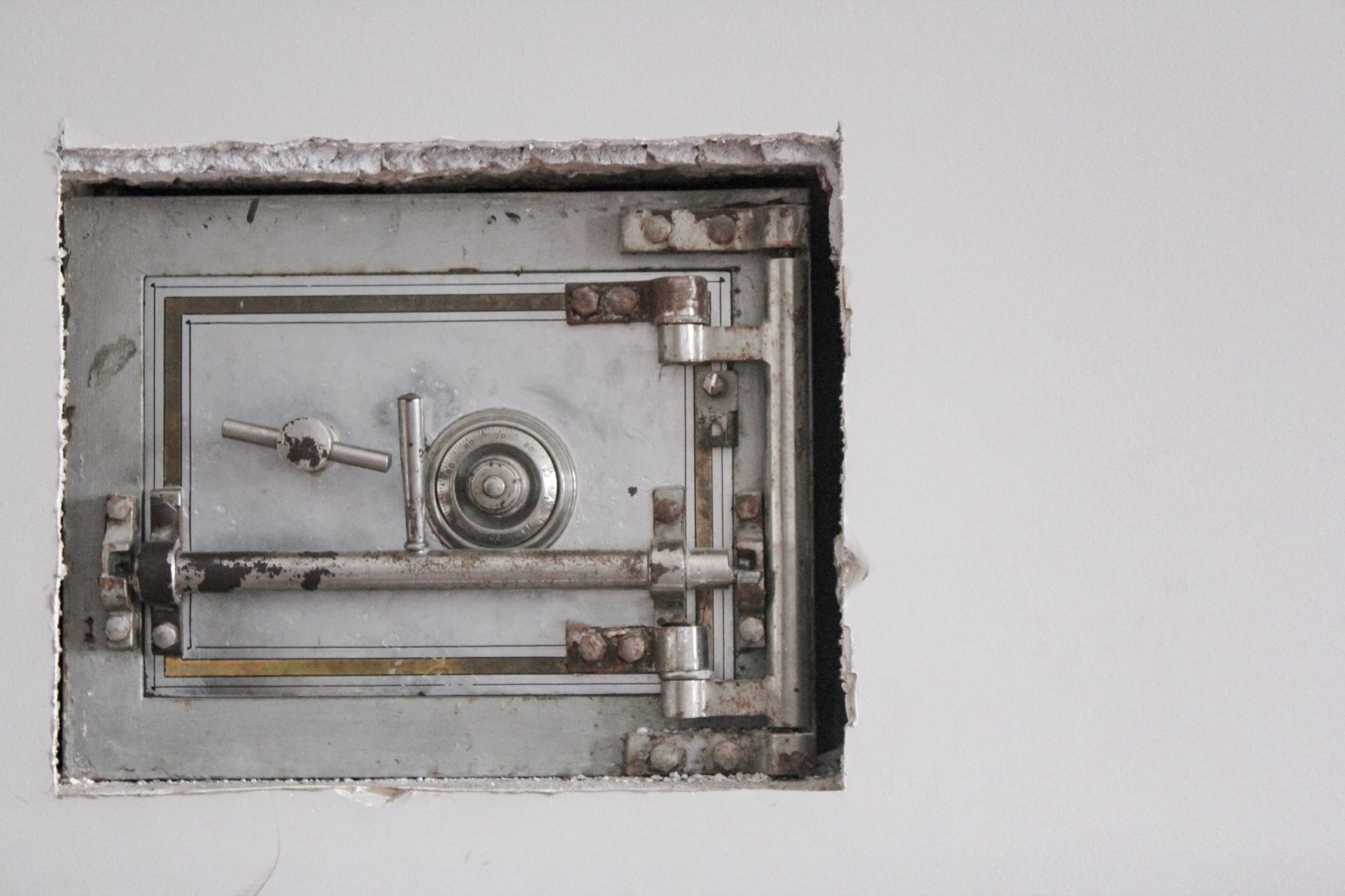You can save as much as you want into your pension subject to certain limits.
One of these is the Lifetime Allowance (LTA) and exceeding it can cause tax charges.
What is the lifetime allowance?
If the value of your pension exceeds the LTA, you will pay a tax charge, known as the Lifetime Allowance tax charge. The standard Lifetime Allowance is currently £1,073,100 and is expected to stay at this level until April 2026.
What is the lifetime allowance tax charge?
The amount you have in your pension above the LTA is subject to a tax charge when it is tested. The rate of tax you’ll pay will depend on how you withdraw your money from your pensions. This tax charge is paid in one of the following ways:
- 25%, if taken as income (i.e. this is the case if you buy an annuity or left in the plan to take drawdown income from), where further income tax is payable on any withdrawals, or,
- 55%, if taken as a lump sum where there is no further income tax to pay.
The charge can be applied in either of the two ways or a combination of both depending on how you take the excess benefits above the lifetime allowance.
What counts towards your lifetime allowance?
The LTA applies to the value of all your pensions apart from the state pension. This includes defined benefit (final salary) pensions and defined contribution pensions.
The amount that counts towards your LTA will depend on the type of pension you have.
For a defined contribution pension (Personal, Stakeholder, Self-Invested, and most workplace pension s) the amount used to test against the LTA is the value of the pot.
For defined benefit pensions (e.g. Final Salary Pensions) this is usually twenty times the pension income you will receive plus the value of any tax-free lump sums.
Additionally, some death-in-service benefits – employee benefits that are paid out as a tax-free lump sum also count towards the LTA.
When does the lifetime allowance test apply?
There are several scenarios that trigger a test against the LTA. These scenarios are known as ‘benefit crystallisation events’ (BCEs). These are defined by HMRC and there are thirteen of them in total.
The most common BCEs include:
-
Accessing your pension – by taking a lump sum or income
-
Turning age 75 – and not having drawn pension benefits and/or having some pension funds in drawdown at age 75
-
Receiving a lump sum death benefit before age 75
Example 1
By the time Sarah decides to take her retirement benefits in the 2017/18 tax year, she has accumulated a fund of £1.4 million and the lifetime allowance is £1 million. This means she has an excess fund of £400,000. Of that excess fund of £400,000, she decides to take £200,000 as a lump sum. Sarah has no transitional protection, so the scheme deducts a 55% lifetime allowance charge of £110,000 from her lump sum, paying her £90,000 net. Sarah has no more tax to pay on that lump sum.
Sarah uses the remaining £200,000 excess fund to provide a pension. The scheme deducts a 25% lifetime allowance charge of £50,000, leaving a net fund of £150,000 which will provide pension income. Sarah must pay tax on her pension income at her marginal rate(s) of income tax.
Example 2
Alan took £1.5 million of his pension rights in June 2006, using up all his lifetime allowance. In August 2013, he decided to take further benefits from a personal pension scheme. He could have taken his benefit as a pension, but chose, instead, to take all of the £300,000 fund as a lump sum. The scheme deducted 55% from the lump sum (i.e. £165,000), paying Alan a net lump sum of £135,000. Alan has no more tax to pay on the residual lump sum.
Example 3
Irvin had a defined benefit pension offering a pension income of £35,000 with a lump sum of £100,000 and a personal pension worth £273,100. In the 2021/22 tax year, he takes the income on offer and takes the tax-free cash from his personal pension (273,100 x 25% = £68,275). This uses up all of the standard lifetime allowance of £1,073,100. This is because the defined benefit pension income of £35,000 pa plus a lump sum of £100,000 uses up £800,000 of the lifetime allowance (£35,000 x 20 = £700,000 plus the lump sum of £100,000 = £800,000) Taking the maximum tax-free cash from the personal pension worth £273,100 used up the remaining allowance. There are no LTA charges to pay at this point.
By the time Irvin turns seventy-five his Personal Pension has increased in value from £204,825 which was left after taking the tax-free cash, to £400,000. The increase in value, £195,175 is tested against the lifetime allowance at this point. As the allowance was fully used up when the original pension benefits were taken, the entire increase in value is subject to the lifetime allowance charge. Irvin decides to retain the money within his pension rather than taking it as a lump sum and it is subject to a tax charge of 25% which equates to £48,793.75.
In what scenarios is it worth exceeding the lifetime allowance?
Where possible, you want to avoid exceeding the lifetime allowance. Otherwise, you are going to pay the lifetime allowance tax charge.
However, there are circumstances where it might make sense to exceed the lifetime allowance. These include:
-
Contributing to your workplace pension to receive an employer-matched contribution. Although you will pay a 25% lifetime allowance tax charge, you are effectively getting a 100% return on your contribution (assuming your employer matches the contribution 1:1).
-
Contributing to a pension to avoid a future inheritance tax bill. Pensions are outside of your estate, so you won’t pay inheritance tax on them. It may be better to pay the 25% lifetime allowance tax charge than the 40% inheritance tax charge.
-
Contributing to a defined benefit pension. These are valuable pensions and the income you receive from them is normally worth far more than any tax charge that will apply.
How can I reduce the lifetime allowance charge?
1. Understand the value of your pensions
The first step in planning for the LTA is to calculate whether you are at risk of exceeding the threshold.
The way you do this is by:
-
Calculating the total value of all your pensions now; and
-
Projecting what the total value could reach when you retire (taking into account future contributions and reasonable investment growth rates)
Remember that for lifetime allowance purposes, the value of your pensions will be calculated differently depending on the type of pension.
If you are still an active member of a defined benefit pension scheme, it will be difficult to predict what your final benefits will be, as they will be linked to your pensionable salary, accrual rate and length of service.
To avoid a hefty tax charge on your savings, you will need to monitor your pensions closely to ensure you don’t exceed the LTA.
2. How to protect your lifetime allowance
If you are likely to exceed the lifetime allowance, you should consider applying for ‘lifetime allowance protection’.
There are two types of protection you can apply for which have replaced previous versions:
Individual Protection 2016
If your pension(s) were worth more than £1m on 5th April 2016, you can apply for Individual Protection 2016.
This protects your lifetime allowance at the value of your pensions on 5th April 2016 or £1.25m, whichever is the lower.
You and your employer can continue paying into your pension; however, a lifetime allowance charge will apply on any value in excess of your protected lifetime allowance amount.
The benefit of doing this is that it increases your lifetime allowance from £1,073,100 currently to up to £1,250,000. This can save you up to £97,295 in lifetime allowance tax charges.
Fixed Protection 2016
This protection fixes your lifetime allowance at £1.25m, regardless of the value of your pensions.
The catch is that you can only apply for fixed protection 2016 if you (or your employer) have not added to your pension since 6th April 2016.
You can’t apply for this protection if you have enhanced protection, primary protection, fixed protection, or fixed protection 2014.
Click here to apply for individual protection or fixed protection.
3. Pension lifetime allowance strategies
Of course, this depends on individual circumstances and can get complicated. However, here are some options to consider.
Use your spouse’s pension or an ISA
If you are approaching the lifetime allowance, it might make sense to redirect contributions into your spouse’s pension plan. You each have a lifetime allowance, so by using both allowances you can potentially increase the amount in your pensions by 100% before paying any lifetime allowance charge.
This will need to be in their name of course which comes with risks of its own such as divorce.
Alternatively, you could reallocate contributions you’re making into a defined contribution pension that is nearing the LTA into an Individual Savings Account (ISA). ISAs enable you to invest your money tax-free, and any money in an ISA will not count towards your LTA. You can currently contribute £20,000 per year into an ISA.
This strategy is not suited to those in defined benefit pension schemes as these individuals are likely to be better off continuing to accrue benefits within their scheme, even after the lifetime allowance charge.
Retire early
If you have a defined benefit pension, you could consider retiring early.
Most defined benefit pension providers offer a lower level of income if you begin taking benefits before reaching your normal retirement age. As such, retiring early and taking a lower annual income could potentially help you reduce the value of your pension below the Lifetime Allowance.
You could also ask the pension scheme if it offers the option to reduce the way you are accruing future benefits. If it does, you could continue to build up your pension but on a reduced basis.
Withdraw tax-free cash
A common strategy is to withdraw tax-free cash from the pension. This leaves fewer funds in the pension to grow, reducing the potential second LTA charge at age 75.
You should, however, note that any funds withdrawn from a pension will form part of your estate for inheritance tax purposes – whereas funds held in a pension are outside of your estate for inheritance tax.





